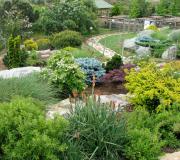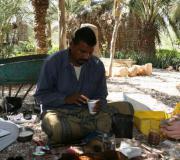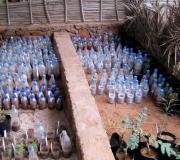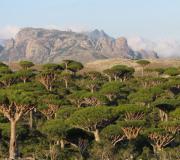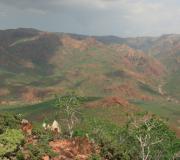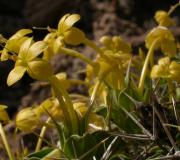Developing biodiversity conservation in urban Istanbul
Nezahat Gökyiğit Botanik Bahcesi (NGBB) is a small botanic garden situated in a motorway intersection in a residential area of Istanbul. Since 2004 RBGE have contributed to the development of NGBB, through strategic planning, capacity building and training in horticulture, collections management and botanical art.
Surrounded by high rise apartment blocks, NGBB provides a vital green space for local residents and visitors. Although small, it delivers all the principal elements of a botanic garden. One of the most popular gardens in Istanbul, it has a beautiful collection of mainly Turkish plants, including wild collected geophytes. NGBB’s educational programs for local school children are aimed at producing the next generation of environmentalists.
Initial funding for RBGE’s collaborative involvement with NGBB came via a UK Darwin Initiative project to develop the capacity of this fledgling garden. Staff exchanges and collaboration has continued beyond the life of the original project. Recent collaborations include horticultural training as well as botanical artwork. Botanical artists from NGBB are currently providing the artwork for a major new RBGE publication on Chilean plants.
